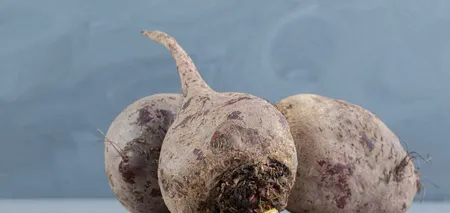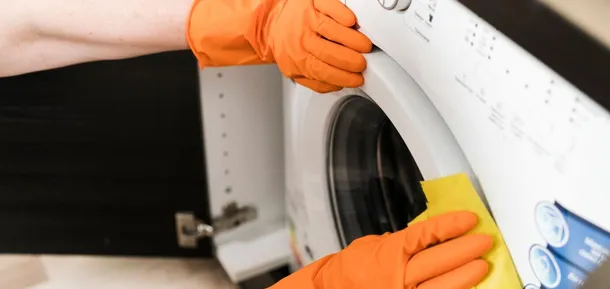News
Scientists find that mammals can withstand Martian environment: what is known
Scientists have discovered live mice on the tops of volcanoes in the Andes at an altitude of more than 6 kilometers, which most likely climbed there on their own for some reason. Their ability to survive in such extreme conditions may be proof that mammals can live on Mars.
Talker reports on the results of the study, which was published in Current Biology. Scientists note that the ultra-dry and extremely windy volcanic peaks on the Atacama Plateau in Chile and Argentina are the "closest place on Earth" to the surface of Mars due to the rarefied atmosphere and sub-zero temperatures.
Previously, it was believed that mammalian life at an altitude of 6 kilometers above sea level was simply impossible. However, the discovery of mice on the tops of volcanoes in the Andes expands the physical boundaries of vertebrate life on Earth.
In their study, the scientists immediately ruled out any connection between the discovery and ancient Inca rituals. They believe that the rodents climbed the mountains on their own.
In early 2020, Professor Jay Storz and his climbing colleague Mario Perez Mamani caught a live specimen of an eared mouse at the top of the 6.7 km high Llullaillaco volcano. No mammal had ever been found at such an extreme altitude before.
Storz noted that he was very surprised that mammals could live on top of volcanoes "in such an inhospitable, Martian-like environment." He added that well-trained climbers can withstand such extreme altitudes during a day-long summit climb, but mice living at such altitudes demonstrates that "we underestimated the physiological tolerance of small mammals."
The first mummified mouse was accidentally discovered on the summit of Volcán Salín. Further searches allowed the scientists to find even more mummified mice on the same peak. When the search was expanded, even more mummies were discovered, as well as rodent skeletons at an altitude of more than 6 km.
Radiocarbon analysis showed that the mummified mice found on the tops of the two volcanoes were at most a few decades old. The age of the mice from the third site was estimated at 350 years at most.
It turned out to be a species of ear mice called Phyllotis vaccarum, which is found at lower elevations in the region.
Storz argues that the discovery of the mummies, as well as further findings of remains, indicate that "there are long-term populations of mice at extreme altitudes that live (there) permanently."
However, scientists do not yet understand how mammals survive in the barren world of rocks, ice and snow, where temperatures never exceed zero degrees and oxygen is only half of the normal level at sea level.
Regarding the theory that these mice could have been sacrificial offerings made by the Incas, Storz added that this version cannot be true because mouse mummies are not that old.
"It is now becoming increasingly clear that the mice got there of their own free will," the scientist emphasized.
They also conducted a study trying to understand whether the genome of mice found at an altitude of more than 6 km is the same as those living in the lowlands and found that it is the same population.
The climate in the Atacama Mountains is so inhospitable that NASA has conducted training to search for life on Mars.
"Mice live in extreme Martian conditions even at the foot and on the tops of volcanoes. It feels like outer space. It just doesn't fit in my head that any animal, let alone warm-blooded mammals, can survive and function in such an environment," Storz said.
Earlier, OBOZ.UA reported that scientists believe they have found evidence of life on Mars.
Subscribe to OBOZ.UA on Telegram and Viber to keep up with the latest developments.



























